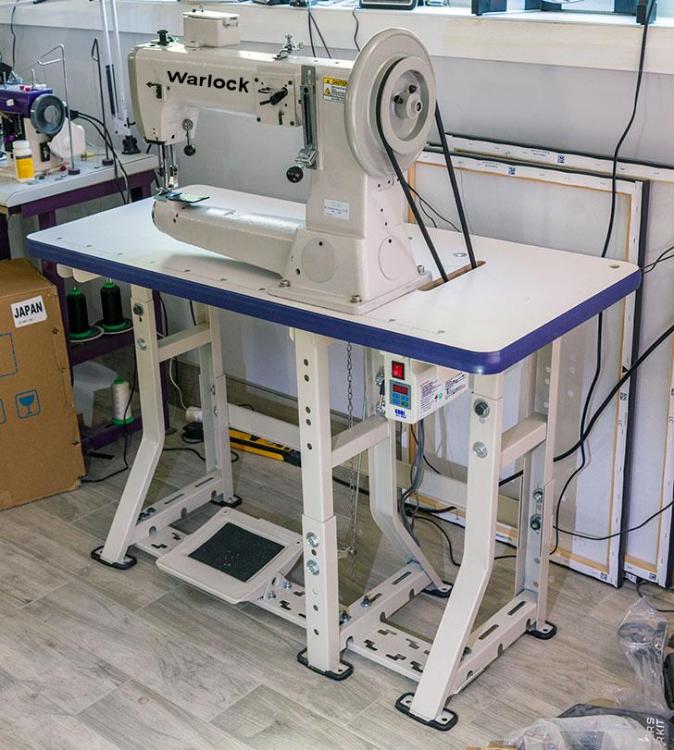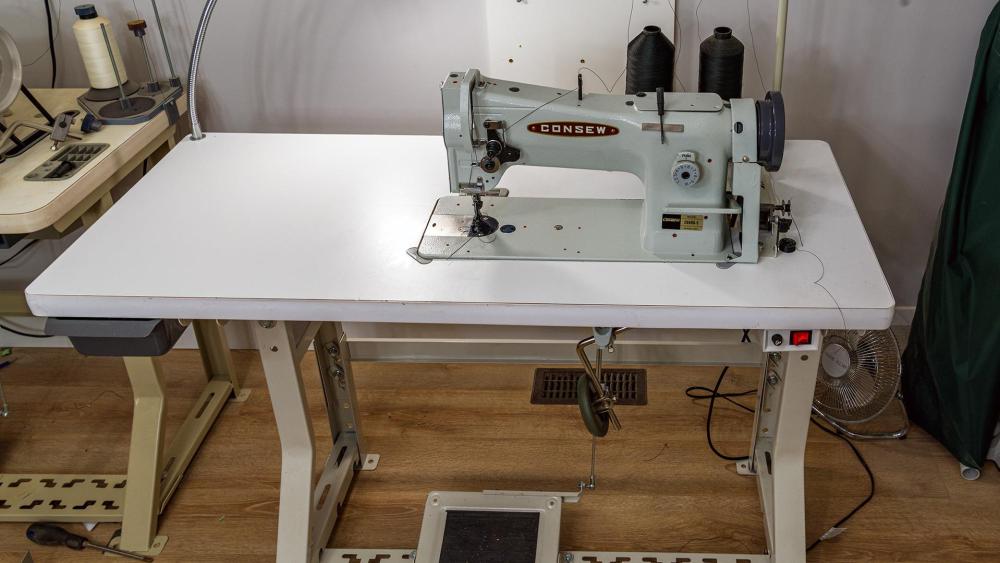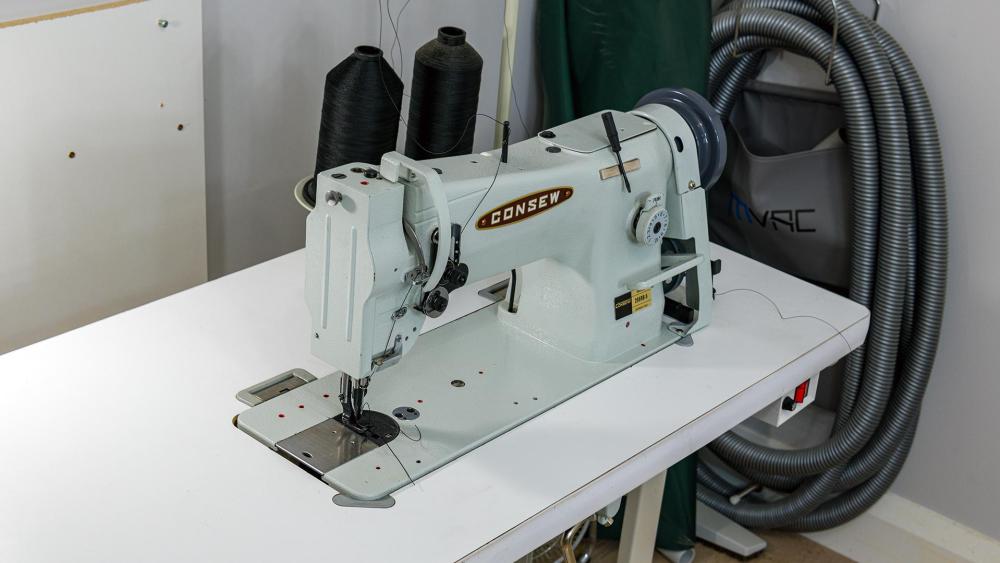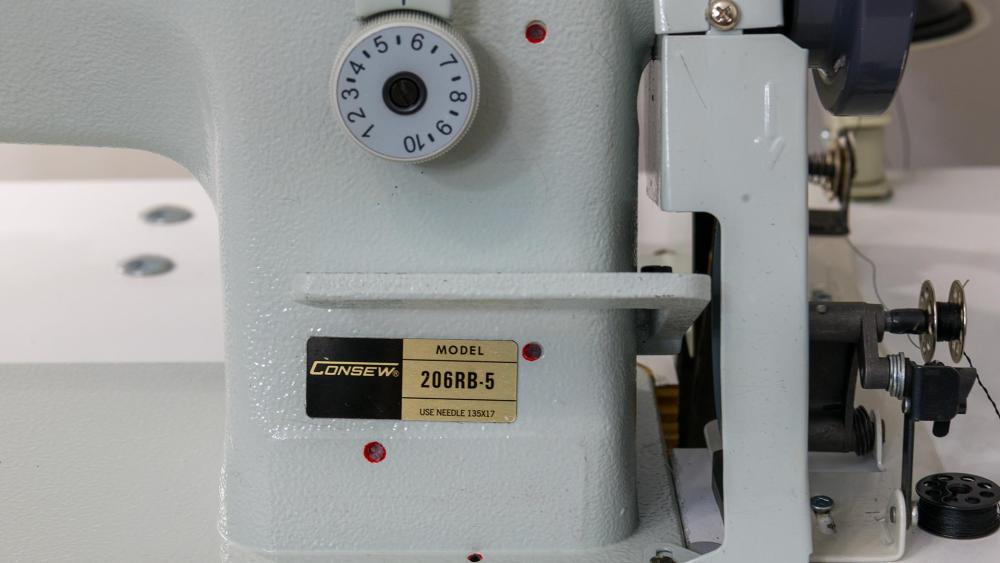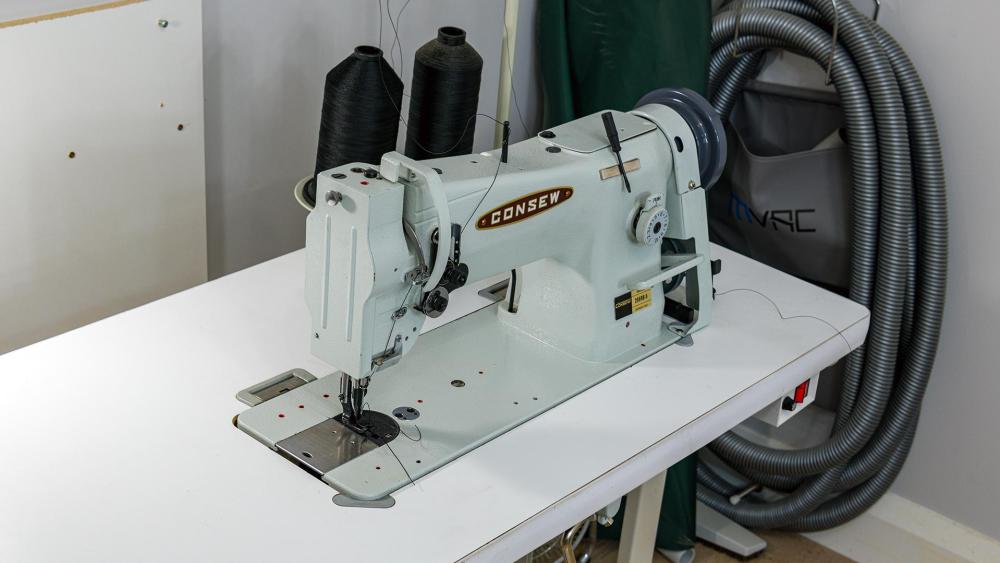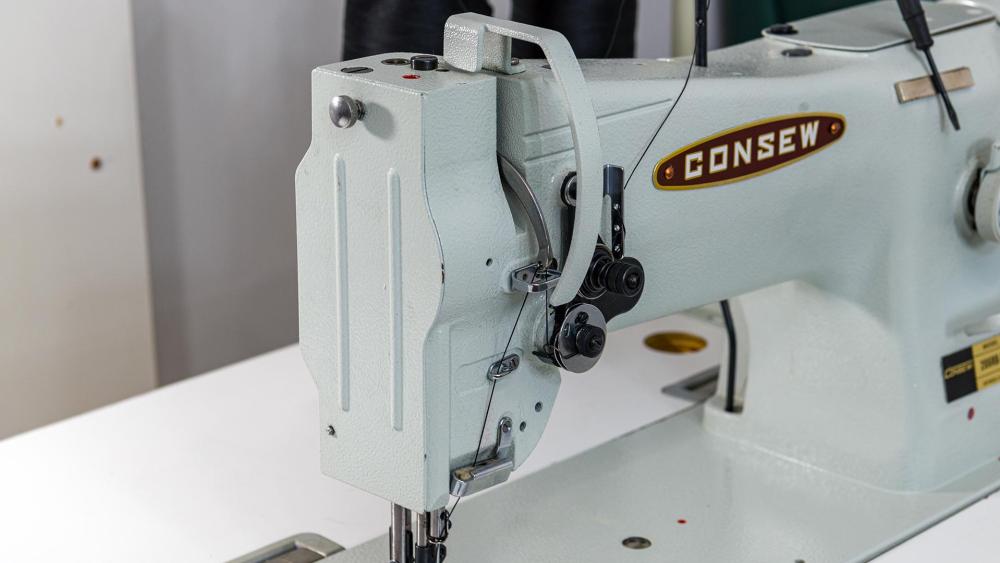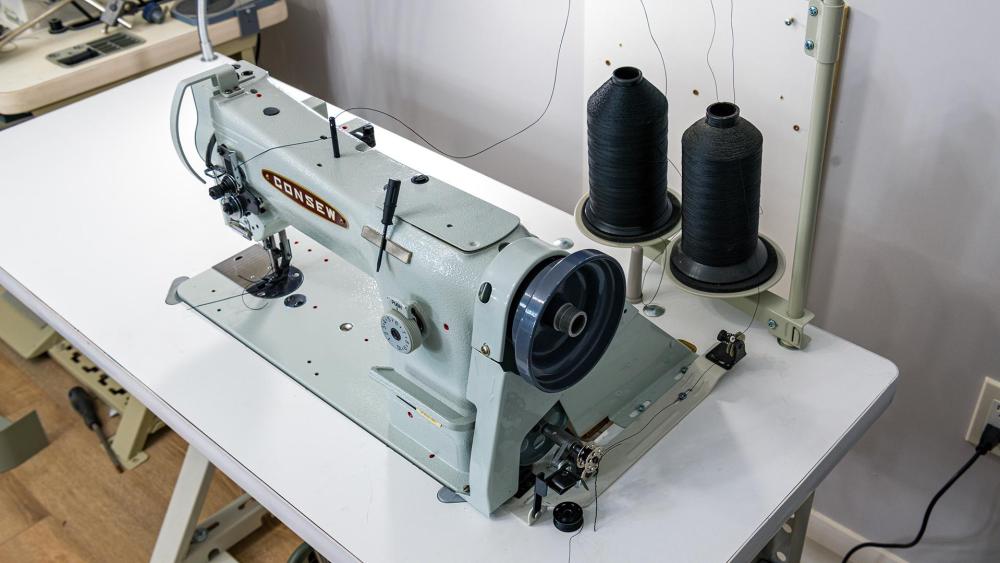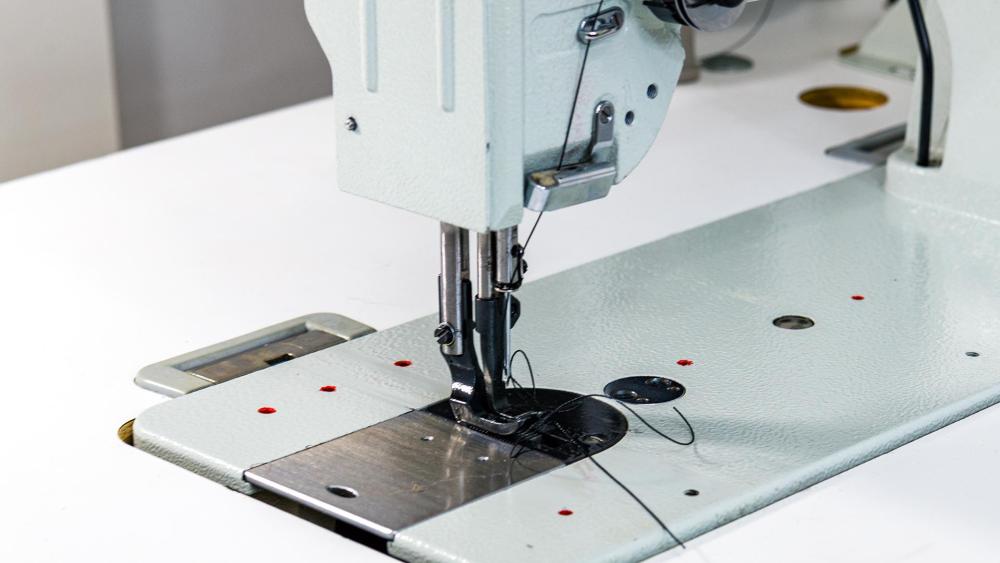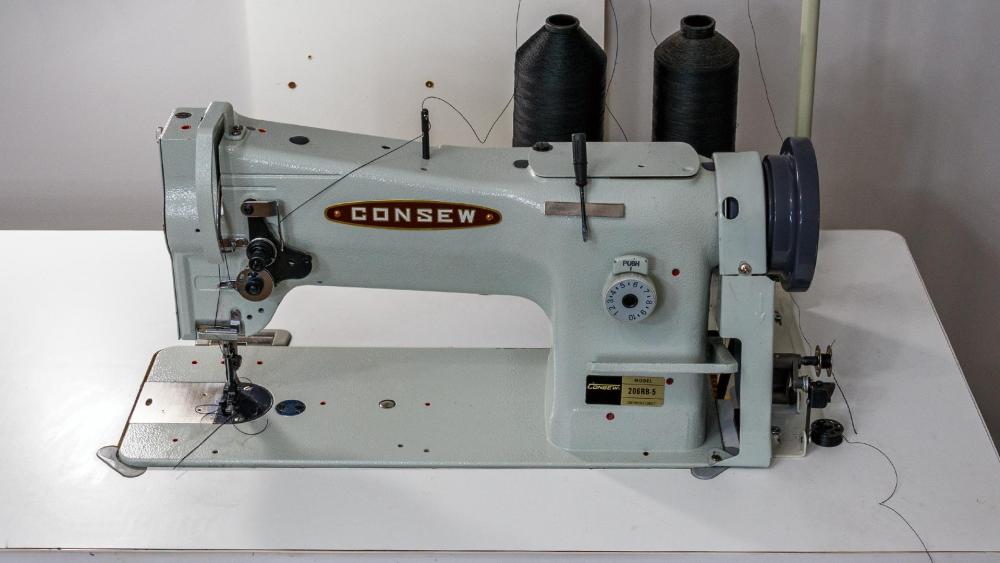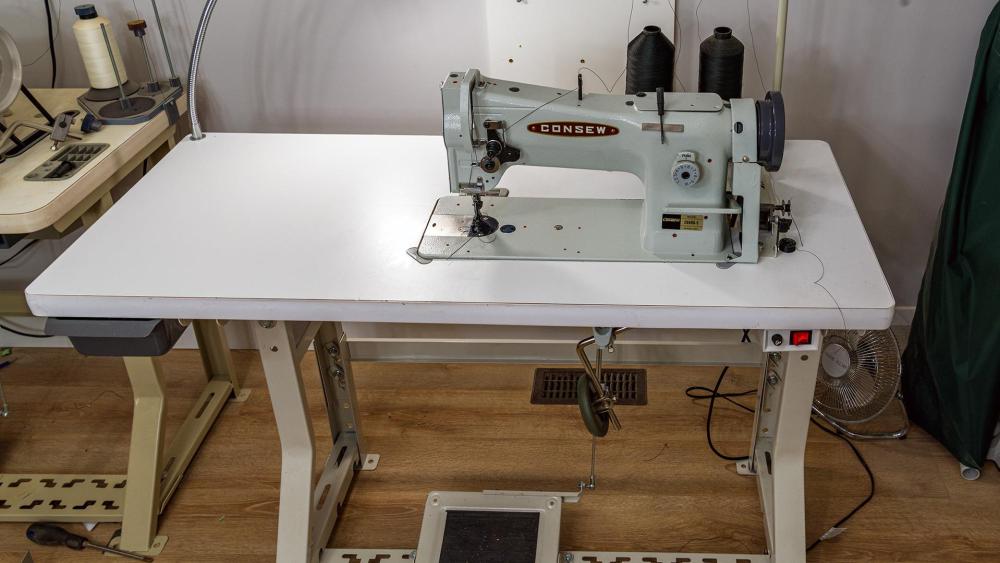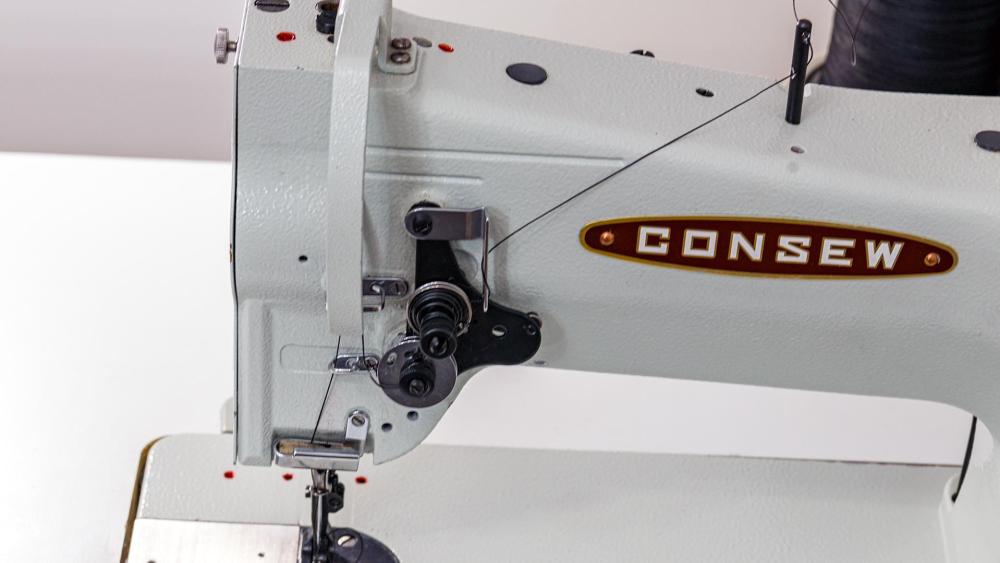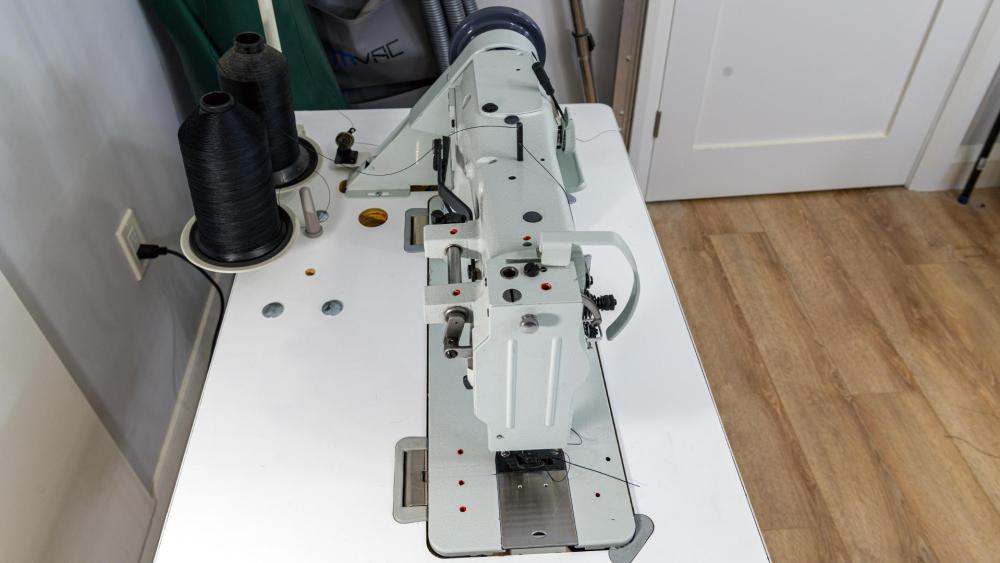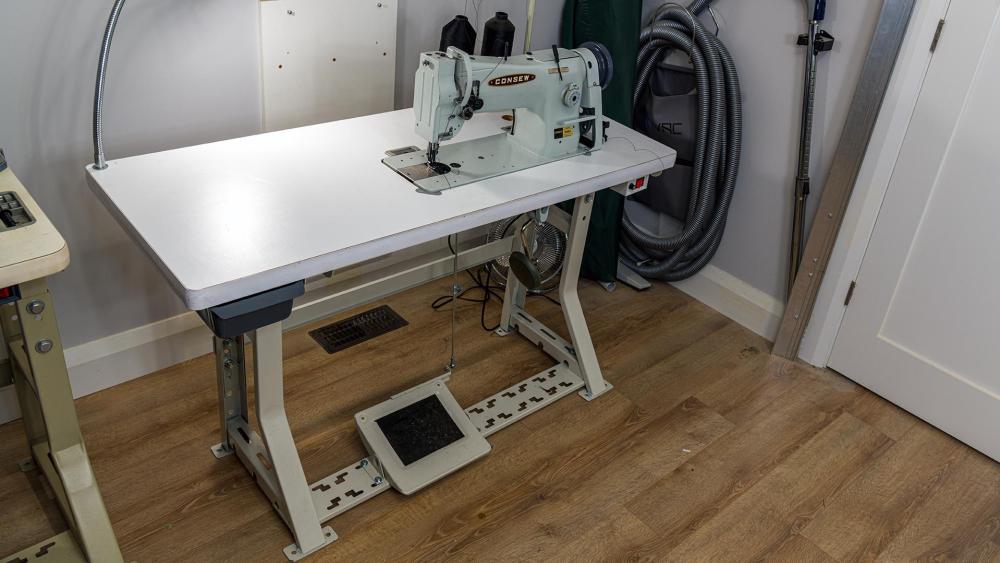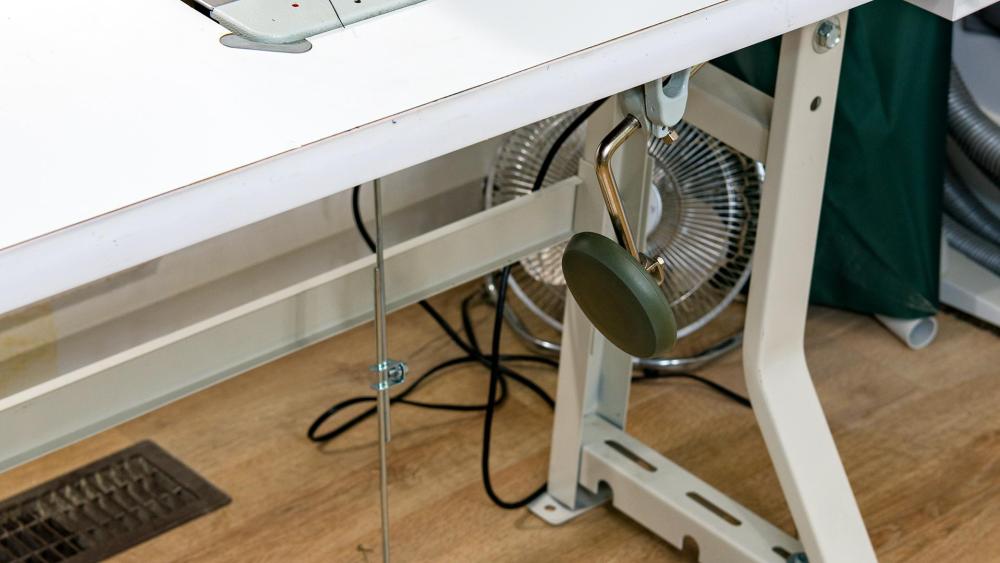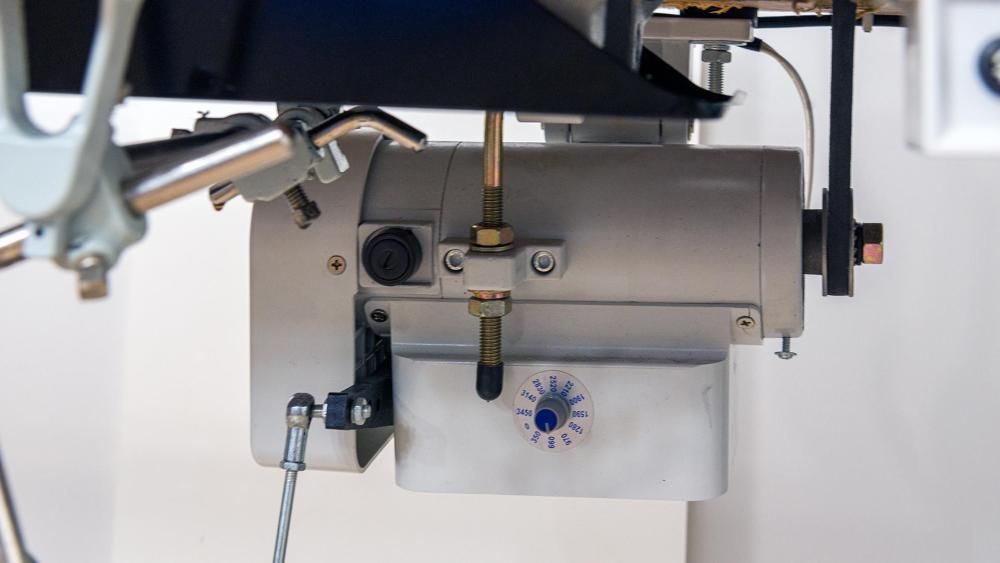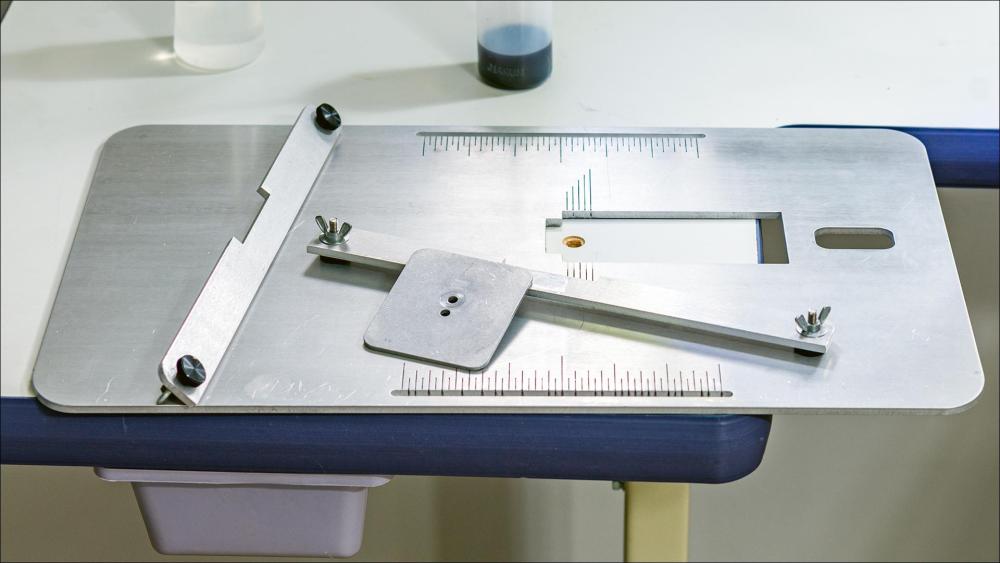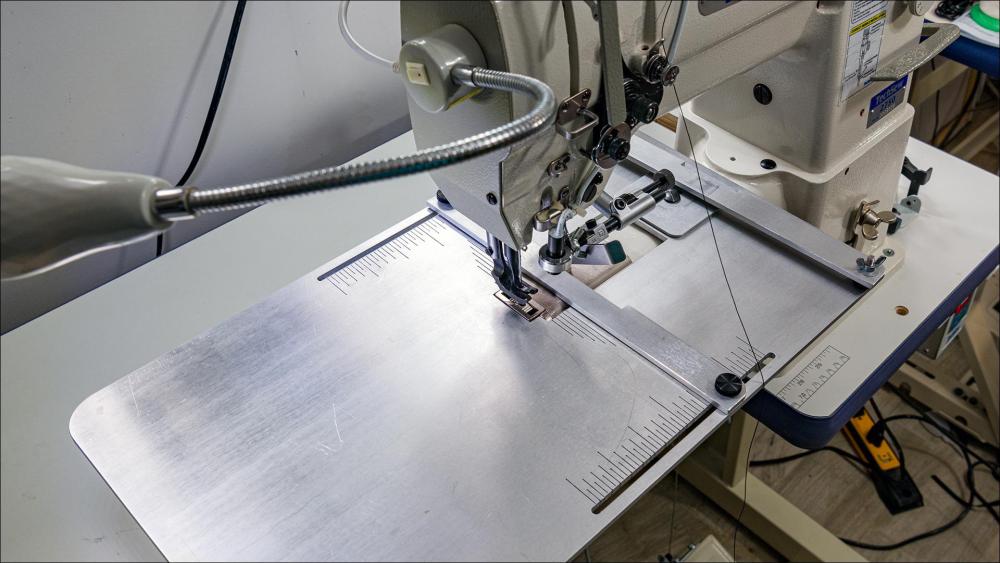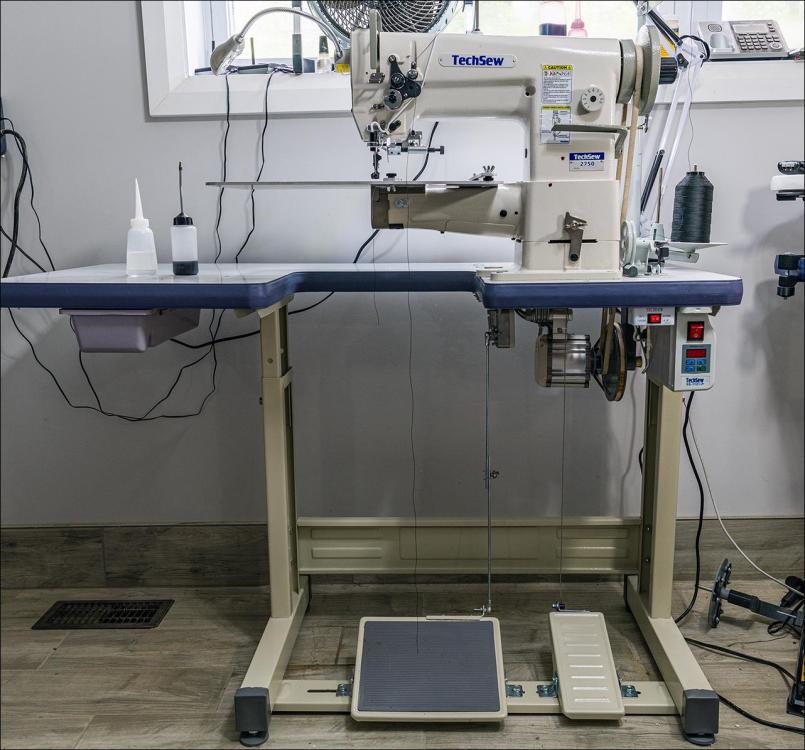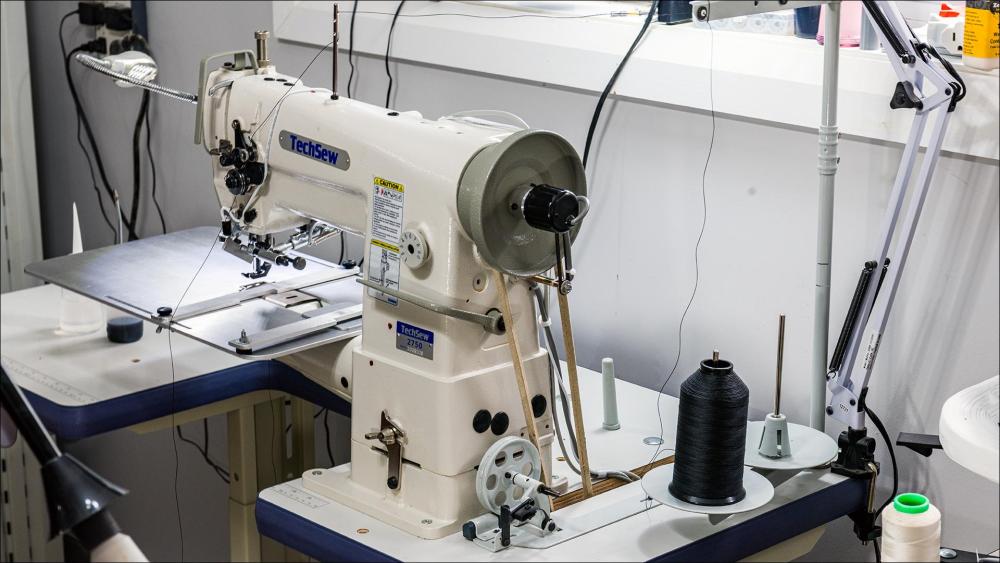
kgg
Contributing Member-
Posts
3,299 -
Joined
-
Last visited
Content Type
Profiles
Forums
Events
Blogs
Gallery
Everything posted by kgg
-
I needed to rent a cargo van like as I needed to pickup 9 sheets of 4' x 8' HDPE. I figured I would rent one from a local stealership who over the years sold me two new cars. They had one, price was OK and offered full coverage so if anything happen all I needed to do was pass the keys back if anything happened to the vehicle. So far things sound good. The dirtbag said the truck is out front, I've check and noted the couple of scratches on the form. Give me your license, credit card and sign here. Hold on now, lets see the truck first. He noted maybe three dings on the form while I noted at least 20 with my cell phone. He was not a happy camper to see me haul out the cell phone nor I. I said lets see the rental form. The two copies were different. One form had me responsible for the full value of the truck should something happen and the other form noted $5,000. Neither was what I wanted. I said this is wrong so fix it as I wanted full coverage. The dirtbag said this is what we offer. I said "Have a nice day and this will be the last time I ever come to this stealership." There was a couple of colorful words added to that sentence. I would not want to be a buyer if they pull $$$$ like this on a rental. I drove up the road and rented a cargo van from UHaul who were very professional. If you ever need to rent a vehicle always check and note with your cell phone anything wrong on the vehicle both inside and outside but most importantly check the paperwork. That's my rant for today. kgg
-
From the info, last photo, I have seen your machine is going to be about the same weight as the Juki TSC-441 and clones around the 125 lb range. Base on the weight I would not go with the "U" style table unless you brace the machine with a third "K" leg right under the machine. For my machine I did sort of a hybrid of the "U" . What I done that may give you some ideas: i) I used a standard industrial "K" frame and table top then I added a third "K" but turned the third "K" leg backwards and placed it directly under the center of the machine. The third "K" leg ensures no possibility of the table top warping / bending and gives better stability. ii) Then I cutout a section of the table top and made other mods like extra cross bracing and relocating the thread spools to underneath the table top. Like @bruce johnson I like sewing being sat down whether using a flatbed or a cylinder arm machine as I find it more comfortable and better foot control of the "go pedal". kgg
-
The various styles of tables really depends on the machine. My take: 1) Flatbed machines are mostly used with a standard style industrial table with "K" legs and the proper cutout in the table top for that particular model of machine. 2) Cylinder arm machines typically are placed on "U" cutout table tops, Juki style tables and pedestal style tables. The "U" cutout are typically used with Juki LS-341 / LS-1341 and clone machines while Juki TSC-441 and clone machines use either the Juki style table or pedestal style tables. Then you get the hybrid tables and the hydraulic lift tables. Which style of table is superior depends on the machine being placed on it, the users needs and the users preference. People do like the pedestal tables but can be inherently tippy and if banged the wrong way could possibly topple. In my case with the style I chose for my Juki TSC-441 clone mainly had to do with me owning dogs. I could see that if a couple of them got playing and stuck a pedestal mounted machine the wrong way there was the possibility it could get knocked over. Machine tables with wheels can be a benefit but the wheels have to be lockable and rated to take the weight. The best solution I think would be to use retractable casters rated for your machine and table. When you want to move the machine / table you engage the wheels and move it then retract them so the machine / table then rests firmly on the tables base. I use this style of casters on a floor mounted hydraulic press conversion ( https://www.youtube.com/watch?v=1m3NhGWMinQ ) Just like all sewing machines no one machine will do everything and the same can be applied to the style of table. As @dikman indicated make sure that lifting winder and legs can take the total weight you are planning on installing on top or underneath the table top. What machine are you planning on mounting to the table?? kgg
-
This machine is the oldest of the 4 machines I recently pickup at about 4 yrs. old. The other three machines are younger from 2 / 3 yrs. old. The next one on the to do list is a portable walking foot Sailrite® Ultrafeed® LSZ with the new WorkerB® Power Pack Motor. That one I will compare it to is a Chinese clone with the standard Singer style motor that I modified about a year ago. kgg
-
This is one of four machines that I recently picked up. It did need a little TLC, a good redneck oil bath and now appears to be in decent overall running condition. I debated whether or not to replace my Juki 1181N with this machine but have decided against that even though it is a compound feed and the Juki DU-1181N is a walking foot. This machine I think would fall in between my Juki DNU-1541S and the Juki DU-1181n capabilities wise. In comparison it is about the same size / weight maybe a touch lighter then the 1181N and a fair bit smaller then the compound feed Juki DNU-1541S. kgg
-
Consew 206RB-5 in very good condition. This is a compound feed machine. Comes with standard industrial table, servo motor, knee lift and table mounted light. Price $1900 CAD. Price: $1900 CAD Shipping: Not available. Location: Eastern Ontario, Canada
-
I think most of us have done that move. kgg
-
Nicely done and I see you managed to get the foot lift on the 1341. kgg
-
Issues with Juki 563 thread bunching (may have found issue)
kgg replied to bfranklin67's topic in Leather Sewing Machines
A couple of suggestions: 1. Belt maybe to tight. The belt should have about 1/2" (12mm) deflection. 2. Servo motors have a minimum startup speed. Some have start speeds of 200 rpm while others are 500 rpm just depends on the manufacturer design (brush versus brushless motors). A way to help minimize this is to reduce the size of the pulley on the motor and add a speed reducer pulley to the configuration. kgg -
No bother at all. I finally have settled on a design and have about 90 percent of the parts completed. My goal is to have the swing away clicker press completed within a month or so. As usual some things, boarding kennel maintenance / repairs and four new to me machines to review/ setup/ overhaul / decide which ones I'm keeping for myself have taken priority. kgg
-
I think finding someone with extensive experience on all three machines maybe difficult. Most people I think choose one machine over another for various reasons and either stick with that machine or move onto a motorized Class 441 machine. I almost bought the Cowboy Outlaw but in the end decided to go with a Juki TSC-441 clone. Another option would be a used one arm bandit to see if that style of machine would suit your needs. There is a used one listed by one of the forum members that maybe worth checking out. ( https://leatherworker.net/forum/topic/117513-good-used-tippmann-boss-leather-sewing-machine/ ) kgg
- 10 replies
-
- leather stitching machines
- cowboy outlaw
-
(and 2 more)
Tagged with:
-
From the photo of the machine it is a not a Consew 255RB-3 as the stitch length dial is not on the front alongside the reverse lever but appears to be adjusted by moving the dial on the handwheel, the Consew name tag is the older style, and it does not have a built in safety clutch. Safety clutch basically disengages when you jam the machine up and prevents damage to the bottom end components of the machine. You should check and see what model this is. Personally for doing the items you listed the Sailrite Fabricator in my opinion would be a better bet for flat items and cylinder arm machine would be probably better for bag type items. I would suggest you consider a cylinder arm machine rather then a flatbed like a Juki LS-341/1341 or clone and install a flatbed attachment. You can turn a cylinder arm machine into sorta a flatbed. When it comes to the Juki LS-341/1341 clones there are many available like Cowboy CB341, Kobe LS-1341, Techsew 2750, Cobra Class 26 to name a few. kgg
-
Maybe. It depends on what you want to sew and the condition of the machine. I'm assuming the model is a Consew 255RB-3. 1) A new Consew 255RB-3 is about $2700 USD so getting one for $1100 would be about 60 percent saving over the cost of a new one. But it may have been rode hard, put away wet and be not worth $500. A couple of photo's would be helpful. Reference ( https://www.jacksew.com/consew-255rb-3-single-needle-compound-walking-foot-sewing-machine-with-table-and-servo-motor/ ). 2) A new Sailrite Fabricator $1800 USD. Reference ( https://www.sailrite.com/Sailrite-Fabricator-Sewing-Machine-in-Power-Stand-with-Workhorse-Servo-Motor-Kit ). 3) The Consew 255RB-3 can handle up to V346 thread. Reference #8 Thread page 4 ( https://www.consew.com/Files/112347/InstructionManuals/255RB-3.pdf ). 4) The Sailrite Fabricator can handle up to V138. Reference Specifications ( https://www.sailrite.com/Sailrite-Fabricator-Sewing-Machine-in-Power-Stand-with-Workhorse-Servo-Motor-Kit ) Depending on what you want to sew the Consew maybe to much machine or the Sailrite maybe to little. What do you want to sew??? kgg
-
For sale a good used Aluminum Flatbed Table Attachment by Barbara of Recent Relics Designs. Fits Juki LS-341 / LS-1341 and clones like Techsew 2750. Price $180 CAD ( $130 USD ). Presently on a Techsew 2750. Here is a link to a new one ( https://www.etsy.com/ca/listing/1165256487/aluminum-cylinder-arm-table-inventory?click_key=ae4992d3b837e0688f6c3753279fde52bb200739%3A1165256487&click_sum=67edec95&ref=shop_home_active_17&sca=1&sts=1 ). Location of Item: Ontario, Canada Shipping: Additional Cost. kgg
-
Great Info and nice repair hack. In Canada that press is expensive $674.99 CAD plus shipping plus 13 percent tax. I would have thought replacement parts would have been easily had. Another option for those with a 3D printer those discs could be custom printed at about 2 cents each. They probably will not last as long as the Delrin. I opted for the el cheapo Chinese presses and dies for my needs and usage costing about $100 CAD for a large one and $60 CAD for a smaller one delivered. I have one setup as a punch and the other as a setter so I'm not having to change the settings or bits and pieces. kgg
-
I think he needs a Class 441 machine to do tack. A couple suggestions would be: 1) One armed bandits: Tippmann Boss, Cowboy Outlaw, Weaver Master Tool Cub 2) Motorized: Juki TSC-441 and clones kgg
-
@ruthio1 Here is a link to a Thompson Mini Walking foot sewing machine Model PW-301. You can download it yourself as it is to large to download here. It is really a good quality pdf file on the 301. If I remember correctly a lot of the parts for the older Sailrites and maybe the newer ones will fit. https://manualmachine.com/thompson/pw301/2567151-user-manual/ kgg EDIT: Here is the file. Thompson PW-301 User Manual.pdf
-
Getting the tension right, is sort of like a tug of war. When the knots are on the top chances are the bobbin tension isn't correct. Basic needs: 1) Quality thread like A&E. Typically use the same size thread for the top thread and for the bobbin. 2) Quality needles like Schimetz Needles. Use 135 x17 x Needle Size for fabric and 135 x 16 x Needle Size for Leather. 3) Needle size to be correct for the size of thread selected. Needle size verses thread size chart ( https://www.tolindsewmach.com/thread-chart.html ) 4) Bobbin Tension needs to be correct for thread size and using the drop test method would work. Any adjustment to the bobbin tension should be done in small amounts on the bobbin case holder thread tensioner screw like 1/8 turn in or out at a time. Over tightening of this screw will bend the bobbin case holder thread tensioner and require it to be replaced. I find getting this tension right first makes it easier then you only have to worry about the top thread tension. 5) Correct thread path from the thread spool to the eye of the needle. If the thread path is incorrect you will never get consistent top tension. 6) Know the sewing limits of your machine. I think the Cobra Class 26 is very similar to that of the Juki LS-341/1341. So it should be able to sew close to 1/2" thick material but that maybe reduced depending on the toughness of the material and the thread size / needle size combination you select. A little more info would be helpful: 1) thread size 2) needle size 3) few photo's of your thread path 4) few photo's of the sewing Or Make a video, put it on Youtube and give a link. kgg
-
needle position synchronizer setup explained
kgg replied to Mrrattle's topic in Leather Sewing Machines
Nice explanation. kgg -
Nicely done. kgg
-
@dikman and @DieselTech and @toxo Thank you. We all get those senior moments. kgg
-
The needle position is presently set to be needle down when you stop sewing. I did run this a few times and it does land in the same position every time. I have not tried having it in the up needle position. I don't have the manual so as of now I don't know how but I haven't spent anytime trying to figure it out. I know some people like this feature but for me it will be disabled / removed just like I done on the 441 clone. I have to say the speed reducer (6" to 2") is nice and adds a bit more speed control as well as adding punching power. kgg Thank both of you. kgg
-
This is a Techsew 2750 I picked up recently. It did need a little TLC and a good redneck oil bath but appears to be in decent overall condition. I have only ran it threw some paces. It is basically a clone of the older Juki LS-341. It does have an American made after market flatbed attachment with edge guides, drop drown guide, 750 watt servo, speed reducer, laser guide, needle positioner and a "U" shaped table. This is how it looks before I make some mods for my needs / wants / desires. The first items to go will be the needle positioner, thread stand and the flatbed attachment. The NP will be stored while I think I will sell the flatbed attachment. kgg
-
Issues with Juki 563 thread bunching (may have found issue)
kgg replied to bfranklin67's topic in Leather Sewing Machines
Fuses are meant to protect both equipment and people from electrical faults. Typically they pop when their is an overload on the motor, damaged wiring (power cord, shorted internal motor windings, electronic board failures, faulty house electrical circuit ). It is not uncommon for a fuse to blow every once in awhile for no reason due weakening from age and the number of cycles the fuse has been exposed that were close to it's limit. If you have checked the obvious external wiring and things look good save yourself the aggravation, other potential problems and just replace it with a new servo motor. kgg -
Issues with Juki 563 thread bunching (may have found issue)
kgg replied to bfranklin67's topic in Leather Sewing Machines
This video should help you with the bobbin assembly. kgg


